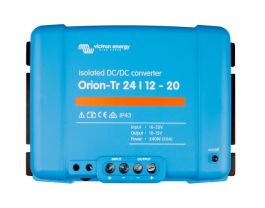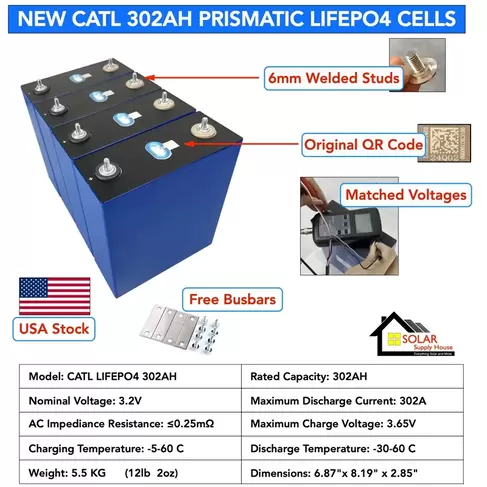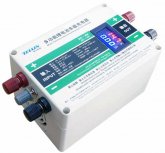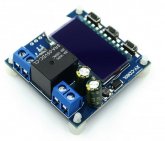t-muehlberger
New Member
- Joined
- Jul 27, 2020
- Messages
- 13
Hello Dear DIY Solar Community,
my Van Build currently has two 100W Panels with a Tracer MPPT and a flooded lead acid battery. While Driving a simple relay is what connects my solar-battery to the starter battery of my vehicle using a 200A relay. This solution is simple and works.
Currently I am considering upgrading to a LiFePo4. While the solar system should work just fine with the lithium battery I need a better solution for charging the battery while driving. I have been searching for different DC to DC chargers for a while now.
I am supprised of the lack of cheap bang-for-the-buck DC to DC chargers, especially considering the relatively low cost of MPPTs for comparison. Also I did not find any Chinese devices that are made for that purpose. For that matter it seems that my only option is buying an expensive Victron or Renogy device.
While researching Aliexpress and co. I found this device (https://www.aliexpress.com/item/4000156542513.html?spm=a2g0o.cart.0.0.28703c00Iv2uq0&mp=1) that takes an input of 8-36V and gives an output of max. 13.8V at a constant current. From my understanding all the DC to DC chargers are basically constant current sources with a few more fancy control options. I do not need fancy stuff like Low Temperature Cutoff on the DC-to-DC since I would be using a BMS with such capabilities anyways.
On a sidenote I think 13.8V might be a little high but I think a diode would do the job of dropping the voltage to an appropriate level just fine.
Do you think that I could safely use this device instead of a name-brand DC to DC charger, without risking any damage to my battery?
Or do you know any other options for DC to DC charging, espeacially good bang-for-the-buck options.
Thank You all for your help
my Van Build currently has two 100W Panels with a Tracer MPPT and a flooded lead acid battery. While Driving a simple relay is what connects my solar-battery to the starter battery of my vehicle using a 200A relay. This solution is simple and works.
Currently I am considering upgrading to a LiFePo4. While the solar system should work just fine with the lithium battery I need a better solution for charging the battery while driving. I have been searching for different DC to DC chargers for a while now.
I am supprised of the lack of cheap bang-for-the-buck DC to DC chargers, especially considering the relatively low cost of MPPTs for comparison. Also I did not find any Chinese devices that are made for that purpose. For that matter it seems that my only option is buying an expensive Victron or Renogy device.
While researching Aliexpress and co. I found this device (https://www.aliexpress.com/item/4000156542513.html?spm=a2g0o.cart.0.0.28703c00Iv2uq0&mp=1) that takes an input of 8-36V and gives an output of max. 13.8V at a constant current. From my understanding all the DC to DC chargers are basically constant current sources with a few more fancy control options. I do not need fancy stuff like Low Temperature Cutoff on the DC-to-DC since I would be using a BMS with such capabilities anyways.
On a sidenote I think 13.8V might be a little high but I think a diode would do the job of dropping the voltage to an appropriate level just fine.
Do you think that I could safely use this device instead of a name-brand DC to DC charger, without risking any damage to my battery?
Or do you know any other options for DC to DC charging, espeacially good bang-for-the-buck options.
Thank You all for your help
Last edited:






